Kompensaatiopeli – Offsetting game contains 20 different species carefully chosen for the game. We have chosen some species living in Finland, some in France and some in both countries. Most of them are involved in conservation efforts and conflicts in one way or another. On this page we have wanted to tell something more about the species present in the game.
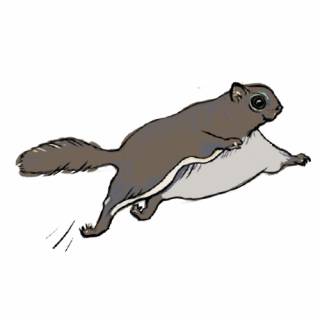
Siberian Flying squirrel
Siberian flying squirrels (Pteromys volans) have caused numerous conservation conflicts and delays in Finland since 1998. Siberian flying squirrel is a nocturnal, arboreal rodent , strictly protected in the EU Habitat directive. They live in Finland in their westernmost edge of their distribution range. They are declining and endangered but relatively common in the mixed forests around cities in Finland.
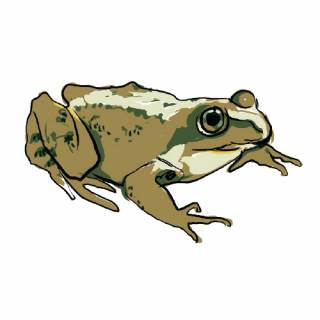
Moor frog
Moor frog (Rana arvalis) is strictly protected in the EU Habitat Directive and thus it’s breeding sites are protected from destruction. Moor frog is not rare. Projects that threaten breeding sites of moor frogs have dug new breeding ponds for moor frogs to offset the damages.
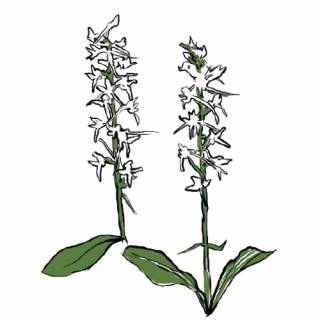
Lesser butterfly-orchid
Lesser butterfly-orchid (Platanthera bifolia) attracts pollinators at night with its white flowers and strong scent. We chose this flower for the game because it is protected in Finland (and Sweden) from picking and transferring but that doesn’t stop its habitats being destroyed by development projects. Some transfer attempts have been made but offsetting is currently not obligatory, thus the habitats of these orchids continue to be destroyed.
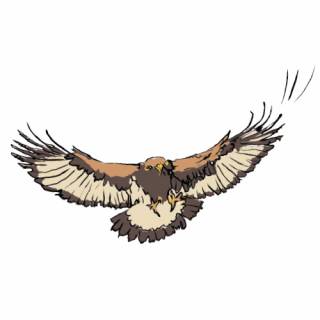
Golden eagle
The golden eagle (Aquila chrysaetos) is a big and charismatic bird of prey. It suffers from illegal hunting and persecution, and the lack of nesting sites. Conservation and offsetting measures include building nesting platforms on big pine trees.
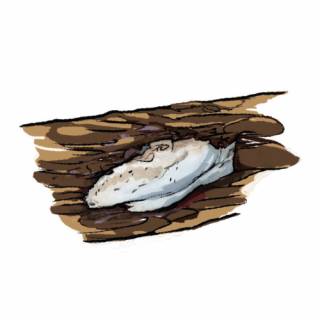
Antrodia crassa
Antrodia crassa is a polypore fungi living on fallen, decaying pine trees. Old growth forests with a lot of decaying wood are rare and thus the fungus is a threatened species. In Finland it is protected, and relatively large conservation areas are founded to protect it, but also new conservation measures are being tested. In 2019 a forestry company together with researchers is experimenting the injection of mycelium of this and other species to tree trunks.
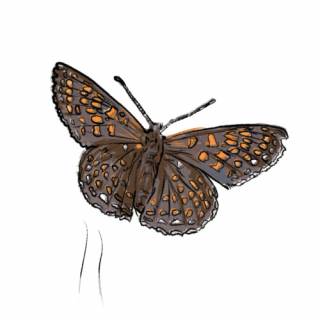
False heath fritillary
The false heath fritillary (Melitaea diamina) is a medium-sized, widespread butterfly species in Eurasia. We chose this butterfly for the game because in Finland it lives only in few spots and breeds only on one plant, Valeriana sambucifolia. Successful restoration projects of meadows for false heath fritillary have been done in Tampere region.
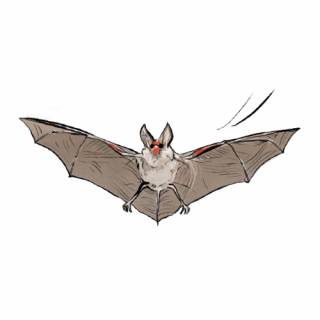
Bechstein’s bat
Bechstein’s bat (Myotis bechsteinii) is a widespread, but rare bat species, typically nesting in tree holes of old forests. Protected by the European Habitats Directive, this species can be negatively affected by various development projects, such as windmills. Negative impacts of projects are reduced by preventing bats to stay near the construction sites. New trees can be planted to avoid collisions and deviate their flying patterns to safer areas. The habitats of the bats can also be improved by planting trees, creating areas with old decaying trees and installing artificial boxes to increase bats’ survival.
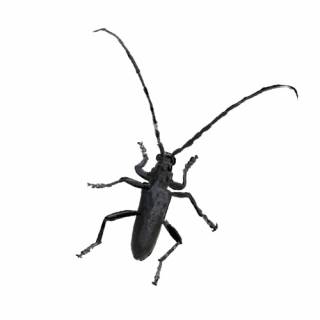
Great capricorn beetle
The great capricorn beetle (Cerambyx cerdo) is impressive in size, reaching up to 5,5cm. The larva of beetle live in the trunks of old oaks (Quercus robur). This huge beetle is among the very few beetle species protected in France. When old oaks are cut down, the great capricorn beetle can be offset by displacing the logs in places where the presence of this species has been documented. Logs have to be installed near live trees and also branches can be placed in the surroundings.
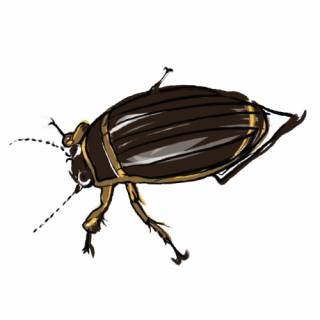
Great diving beetle
The great diving beetle (Dytiscus latissimus) is a very rare beetle in Central Europe, sometimes even considered extinct in France, in Germany or in the Benelux. The species is protected by the European Habitats Directive. The great diving beetle lives in lakes, ponds and rivers where it hunts a variety of prey, including insects, tadpoles and even small fish. Although the literature does not mention any offsetting experiments for this species, the translocation of individuals and the improvement of water quality are likely to be suitable approaches in the protection of the species.
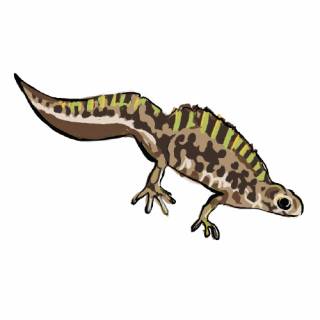
Marbled newt
The marbled newt (Triturus marmoratus) can be encountered in the south west of Europe. Measuring between 12 and 18cm, the species live in dark and humid habitats, on land as well as in small water bodies. Scientific studies have shown that these newts uses stars to navigate to their breeding pools. If a pond in the species habitat is destroyed, the species can be offset by creating new ponds and transplanting individuals. The marbled newt has had a key role in conservation measures and compensations controversies, such as in the canceled airport project in Notre-Dame-des-Landes in France and in the high speed train line Bordeaux-Toulouse which had to be modified to protect the species.
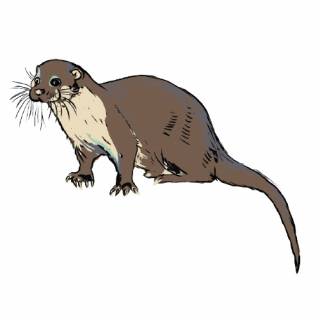
European otter
Formerly present all over Europe, the European otter (Lutra lutra) has severely declined because of hunting, draining of wetlands and water pollution during the 20th century. The species is no longer considered a pest, but an iconic heritage species, that are nowadays protected by national laws and by the European Habitats Directive. This has improved the species’ abundance and their populations are slowly recovering. Before development projects, it is important to identify the existing habitats, but also those which the otters could potentially recolonize. During projects, pollution control can prevent the contamination of waterways. Ecological corridors have to be maintained to enable the otter, as well as its prey, to move. When impacted, the otters’ habitats can be offset by improving the ecological status of wetlands.
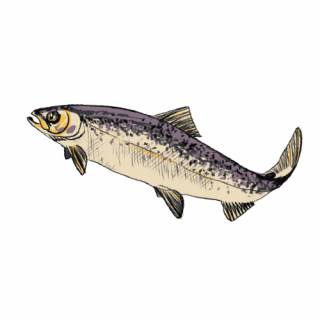
Atlantic salmon
The Atlantic salmon (Salmo salar) lives in the Atlantic Ocean, but comes back to reproduce in the fresh water rivers, where it was born. The species has become very rare in European rivers due to overfishing and destruction of its habitat. In France, the salmon is almost extinct, except in few areas and is protected by the European Habitats Directive. Rivers where water management projects are constructed need to install fishways to enable salmon to migrate in streams. The destruction of the habitat for salmon can be offset by improving the ecological status in other rivers and streams.
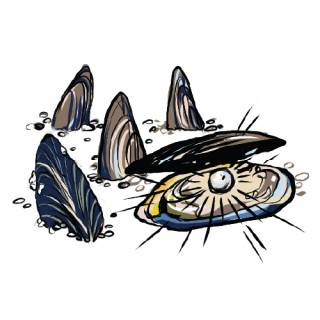
Freshwater pearl mussel
Living up to 250 years, the freshwater pearl mussel (Margaritifera margaritifera) has long been collected for its pearls. However, because of the degradation of water quality in the species’ habitat, the species is under serious threat and is today protected by the European Habitats Directive. In France, in one century, the freshwater pearl mussel has disappeared from 60% of the waterways where it was living before. The species is particularly difficult to protect because the larvae host in juveline fish of the Salmonid family (salmon or sea trout S.trutta) during their life cycle. For now, all attempts to transplant individuals have failed. In addition to reducing water pollution during construction projects, promising measures to protect and offset the species include the protection and reintroduction of host fish.
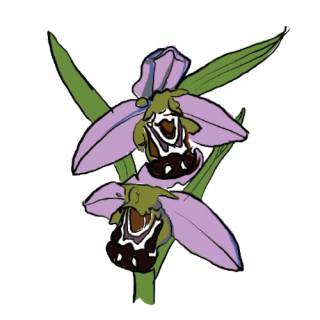
Bee orchid
The bee orchid (Ophrys apifera) gets its name by imitating the smell and the shape of a female bee. Once attracted and lured, the bee pollinates the plant. This orchid is threatened when mowing is conducted before seed production. For that reason, late mowing can help to improve the habitats of the bee orchid. In France, the species is not protected nationally, but on a regional basis. Because its conservation status is not poor on a national scale, the offsetting of the species is sometimes not considered to be necessary. Nevertheless, plants can be transplanted to other sites and seeds can be collected for the offsetting projects.
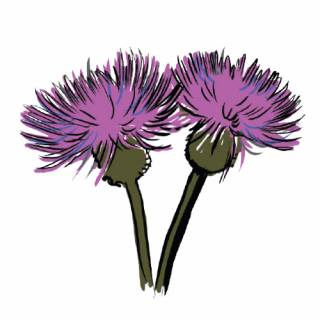
Melancholy Thistle
Found in upland meadows of European mountains, Melancholy Thistle (Cirsium heterophyllum) does not have any spines on its stems. During the 17th century, the plant was used as a cure to sadness. Regionally protected in France, C. heterophyllum can be offset by transplanting individuals and improving local conditions of its habitat.
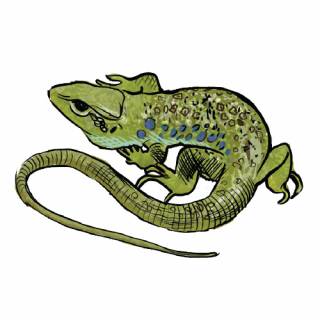
Ocellated lizard
The ocellated lizard (Timon lepidus) can measure up to 60cm and it is the largest lizard species in Europe. Living in dry meadows, this lizard can be recognized with blue spots on its flanks. The species was previously collected for its beauty but is today strictly protected. In France, the ocellated lizard is among the 6 species of reptiles threatened for regional extinction. The main causes of threats are the fragmentation of its habitats because of urbanization and the decline of extensive sheep farming. In biodiversity offsetting projects, lizards are captured and translocated to new sites where shelters have been constructed by piling up rocks. Cutting down trees to reopen meadows also improves the habitat of the lizard.
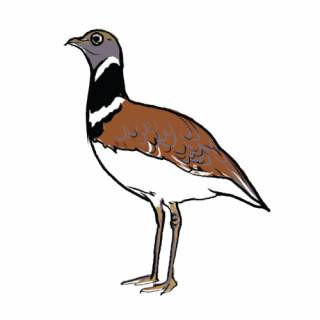
Little bustard
The little bustard (Tetrax tetrax) is one of the most threatened birds living in cultivated meadows in France. The bird was once intensively hunted, but its population started to decline because of a change in farming practices. In France, the population has decreased by 30% in 30 years and the species is now strictly protected. The bird species is offset by restoring meadows and adapting mowing practices to the species’ preferences. Land is bought by development companies and contracts are signed with farmers. In France, this bird species was the key species concerned by the creation of the first biodiversity offsetting bank (Cossure by CDC biodiversité).
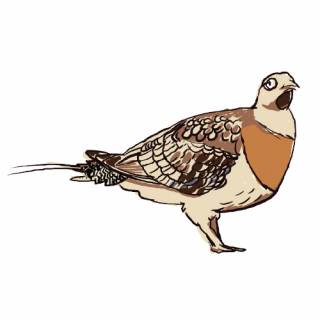
Pin-tailed sandgrouse
The pin-tailed sandgrouse (Pterocles alchata) is difficult to observe in the field because of its excellent camouflage. The species live in dry meadows with very short vegetation height. The degradation of steppe habitats is the main reason of its decline. The bird is strictly protected by French law and the European Birds Directive. In France, the population of this bird is very low and encompasses approximately 100 couples. Although there are no existing examples of offsetting for the pin-tailed sandgrouse, the first French biodiversity offsetting bank managed by CDC Biodiversité is offering offsetting units for this bird. This has been very controversial for opponents to the bank who considered that the habitat for this bird species is almost impossible to restore.
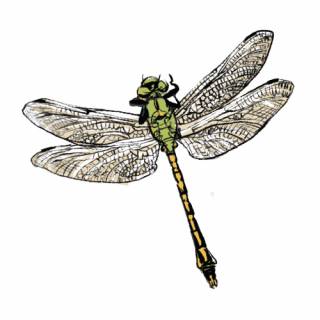
Green gomphid
This almost fluorescent gomphid is a green clubtail dragonfly (Ophiogomphus cecilia) that lives near calm and clear waterways. It is strongly impacted by water pollution and human activities such as material extraction, motor boats and river banks’ artificialisation. The green gomphid is protected by the European Habitats Directive. Possible offsetting measures include the restoration of ecological corridors and improvement of water quality.
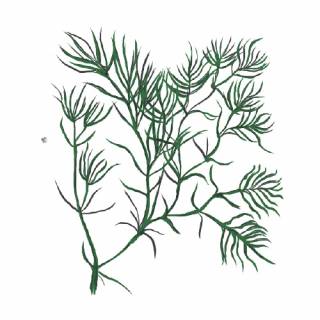
Najas tenuissima
Najas tenuissima (Najas tenuissima, hentonäkinruoho), is a water plant found only in Northern Eurasia. It lives immersed in lakes and estuaries, in the depth ranging between 30-150 cm. Najas tolerates pollution or eutrophication poorly, which is why it has declined strongly and they are classified endangered worldwide. In Finland it was found in less than 20 lakes. The genus name “Najas” originates from the water-nymphs (najads) in Greek mythology.
